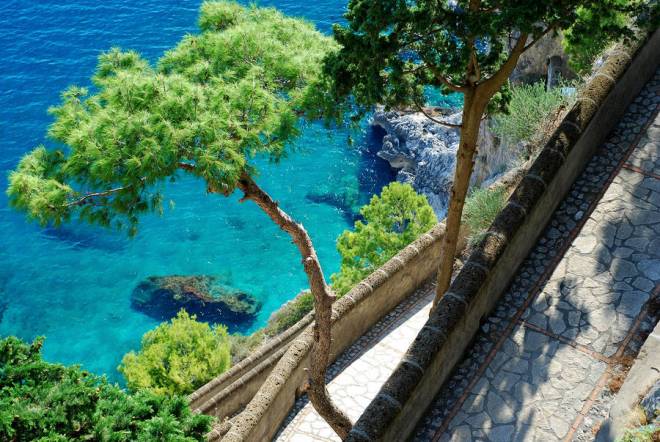GEOGRAPHY




Kenya is a beautiful African country located between Lake Victoria and the Indian Ocean.
The natural landscape of Kenya is amazing! It has a little bit of everything!
It has a coastline, plains, hills, lakes and even a small desert.
Mount Kenya is the highest mountain in the country and the second highest in Africa.
It is a conic volcano and home to the Massai people.
Speaking of volcanoes, we should take a look at the Great Rift Valley that contains a chain of hills some of which are active volcanoes, too.
Mau Forest, on the other hand, is a part of the Rift Valley and sadly is quickly disappearing. Many activists and famous people are trying to save it. Mau Forest is an important resource for the people who live there.
This is what a villager says about it: “Everything depends on the forest. Everything I get is from the forest: school fees, food, water. I depend on forest for everything. That’s my ancestral homeland,’
In northern Kenya there is a small desert called Chalbi and a beautiful green lake called Turkana.
Many tourists from all around the world visit the savanna in Kenya and enjoy the great variety of African animals such as elephants, zebras, cheetahs, hippos, rhinos, lions and many more.
FLORA AND FAUNA
You can see typical for the African savanna wild animals such as lions, wildebeests, rhinos, buffalos, gazelles, leopards and many more.
However, Kenya is a habitat to a great number of animals and plants that are nowhere else to be found:
galagos, mountain bongo, Tana River mangabey, serval, gerenuk, caracal and aardwolf.
And here are some unique plants: croton megalocarpus, waterpear, moringa, fountain tree and red stinkwood.
















































































































































































